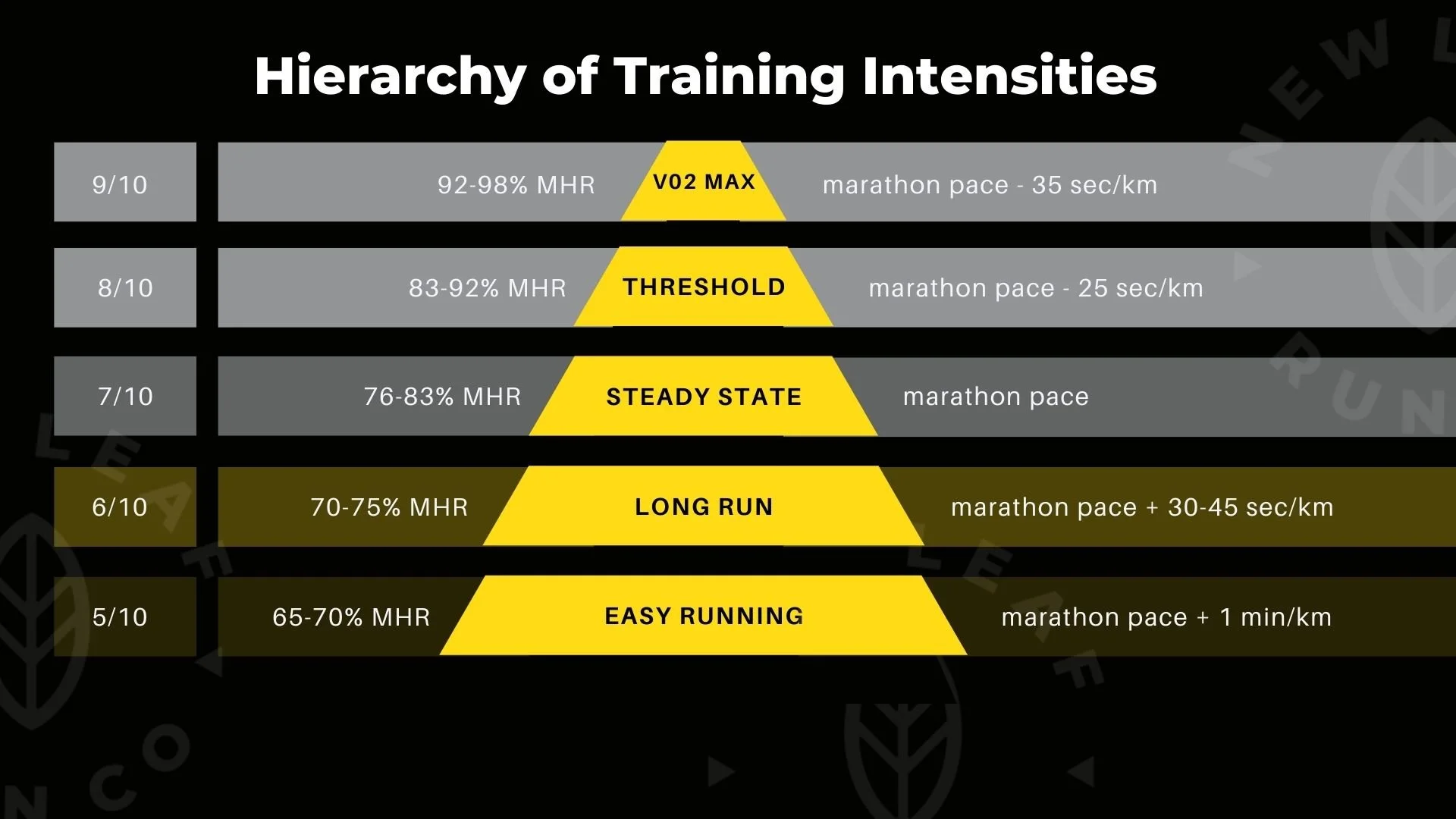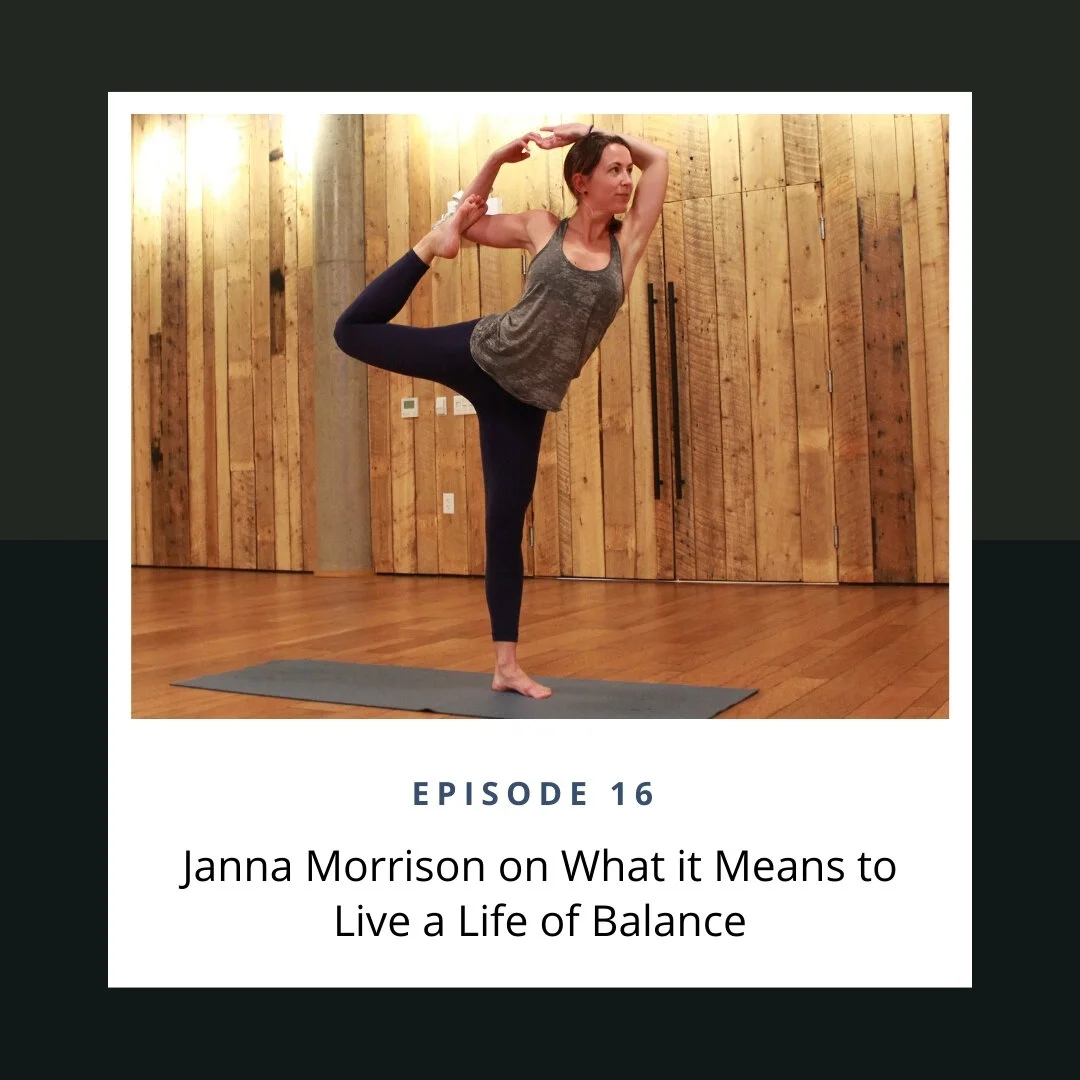Trail Running Training Foundations
I know you are looking for a trail running training plan, but completing your trail race takes a lot more than just 16 or 24 weeks of running a prescribed amount of miles.
It takes a comprehensive training strategy.
A strategy is a plan to get to a certain goal.
Start with a training strategy
There will be bumps in the road over 16+ weeks of training, and having a solid strategy to back up the training plan will keep you on the right track toward achieving your goal. It's more than having a training schedule, which is just a calendar of workouts.
A strategy involves understanding how this goal fits into your life.
How will you adjust your schedule to incorporate more runs? What will you do when things don't go according to plan (spoiler alert, they rarely do). How do you deal with injuries, illness, when your partner has to work and you have to miss a run to take your kids to the park? What will you do when you have a weekend where you just can't get in your 5-hour long run?
And beyond putting in the miles, what is your plan for nutrition? Have you figured out what your nutrition strategy is? How many calories should you consume? How much water should you drink? What can you actually digest when you are running for over 3 hours in 25-degree weather? Not everyone can digest Oreos and gummy bears every Saturday, nor should you.
Then there's your gear. Safety is important, and that's why we carry gear. Do you have a first aid kit, and does it have everything you need in it? What will you do if you twist an ankle, do you have the proper clothes to stay warm if you have to wait 4 hours for rescue? Will you even have cell phone service to call someone? What's your safety plan?
See what I mean when I say there is a lot more to think about when training for a trail race than just the training schedule?
How do you train for a trail race?
At its most basic level, training is putting a workload on your body with the intent of driving adaptations to cause improvements in performance. You want to get faster, so you train your heart, lungs, bones, ligaments, and muscles to be able to do that, by progressively loading and unloading them so you can see results in overall performance (in the case of runners, they get faster).
When you take a step back and look at where you are today, and start focusing on training in a way that builds upon where you are, improvement happens quickly.
If you want to build a 10-story building, you don’t (well, you can’t) start at the 3rd floor, you start at the foundation for obvious reasons. When you want to run a 3hr marathon, you can’t just go out and run at 4:27 all the time, that’s the same as starting to build a 10-story building on the 5th floor, it’s not going to work very well.
My goal today is to give you a general foundation in the science of how to train so that you can go out and execute on the workouts I prescribe in my training plans so you can start focusing on the process and more success reaching your desired outcome.
Training Adaptations
There are two main body systems we are trying to drive training adaptations in through training: the cardiovascular and muscular-skeletal systems.
The cardiovascular system
Building more capillaries to increase blood flow to your muscles
The heart becomes stronger (you can see this if you monitor your resting heart rate, it will get slower as you get more fit)
Mitochondria density increases (your bodies ability to produce energy)
The Muscular Skeletal System
Bone density increases
Muscles and ligaments get stronger
Generally, you will increase your injury resistance as a combination of all of these things
Other Systems
Your bodies ability to regulate stress
Hormonal systems
Fight or Flight response
Over Training
Your heart and lungs develop much faster than your muscles, ligaments, and bones.
It can be very tempting when you start to feel the changes in your cardiovascular system to think that you have earned the privilege of running faster more often and if you could do more you would improve faster. That train of thought if you follow it down the rabbit hole is going to get you injured and/or burnt out.
How To Gauge Training Intensity
Adaptations happen as a result of running a certain distance at a certain intensity. While distance is simple to measure, there are a few different ways you can measure intensity for a workout, each with its own strengths and weaknesses.
Running Pace
Pace is probably the most common way runners think about intensity. It’s easy to think how fast you are running min/km or min/mile directly relates to how intense your run is right?
How often do you judge your run based on how fast your pace was? Do you only feel good about it if it was so fast?
Pace, although it is useful information to know can actually lead to a lot of bad training decisions and race-day decisions if that is the only way you are judging how hard you should be running.
What If I told you that being attached to your watch and how fast you are running is actually holding you back. And this happens for a few reasons.
The pace you have chosen to run is not actually grounded in your abilities of where your fitness is right now. You need to train from where you are at now, not where you wish you were to make real progress towards your goal.
As your fitness progress and you can naturally run faster, if you are fixated on running at a certain pace you will end up shortchanging yourself.
On race day, depending on how your body is actually feeling that day, you could end up going out way too fast based on the pace that you think you should run. Or maybe you could have had a magical day and run faster.
There is a lot of negativity in the sport of running around pace. Runners often feel that they are being judged by others if they post to Strava when we run "slow". And that is not ok, because you know what? Most of those people who are doing the judging are training wrong.
Yes it is important to have goals and some of those might be “I want to run a certain distance in such and such a time”... but that is just a direction to point your training in. That is not how you decided how fast you are supposed to do your training runs.
Lastly, for you trail runners out there, your pace doesn't mean very much because it is going to change drastically depending on what kind of terrain you are running on meaning how technical the trails are and how much elevation gain there is. So you need a better way all-around to talk about intensity.
Train by Heart Rate
Heart rate can be another great tool for gauging your effort level. It has its limitations though, and you need to be aware of them. Your heart rate can be affected by many variables and may give you an inaccurate gauge of your effort level. It can be affected by how rested you are, how hot it is outside, how stressed out you are, etc. Therefore heart rate is best used as a way to help calibrate your perceived level of effort and then used as backup data to evaluate your effort after the training is over.
** If you want to use your heart rate data for anything useful you are going to want to have a chest strap. The wrist HR monitor is generally not accurate for running due to the way watches fit everyone’s wrist differently and the bouncing around that is caused by running. The wrist monitor works better for cycling. and is a good tool for monitoring your sleep. **
To get started with heart rate you can use this simple formula of 220 – your age to get your maximum heart rate (MHR). Note this approach is an average and may not be entirely accurate for you. You can also go out and get tested in a lab, or you can go and do your own field test to get a closer idea of what that is.
A field test might look something like this.
20 min warm-up
5x 30-sec hill sprints with 1 min rest in between run as hard as you possibly can.
At the end you take the highest HR you got from your hills and add 5 bpm (it’s unlike you would be able to push yourself right to up to your max hr) to get a close guess to your max HR.
In terms of training intensity, I like to think of heart rate more as backup data. There can be a lot of variability in heart rate caused by various factors, including but not limited to:
Sleep, amount, and quality of sleep
Stress
Hydration
Weather, the temperature will affect HR
Specifically for trail runners a good example of when there is a big mismatch in intensity vs HR is running down a steep descent. Downhill running can be really intense and really hard on your body overall, but not very taxing on your heart and lungs. So trying to gauge intensity running downhill doesn't work.
Heart rate data is good to have as a reference and to help back up your training intensity. It's not going to be the primary way I prescribe workouts.
Train by RPE
That brings me to the last way I want to talk about training intensity which is perceived level of effort or RPE. It is the simplest and most effective way to understand how hard you are running.
This is when intensity is described on a scale of 4-10, with 4 being a super easy easier than easy recovery run, and 10/10 is a lung-burning leg searing melt the soles of your shoes because you are running so hard. Running by perceived level effort makes it is very easy to tune in to understand if you are running too hard or too easy for your workout.
The following diagram describes each intensity on the RPE scale.
I almost always schedule workouts based on a perceived level of (RPE) instead of pace or heart rate. This is important because your RPE can change on a day-by basis depending on how tired you are, how hot it is outside, what terrain you are running, how stressed out you are with other life factors, etc. Training at a specific pace doesn't account for any of these factors and your heart rate can also be giving you an inaccurate representation of the facts. What doesn’t change is you feel about the effort and this is why we use it as our main training tool.
Running by perceived level effort it is very easy to tune in to understand if you are running too hard or too easy for your workout.
Correlating Pace & HR to RPE
When you are beginning to train by RPE using a training metric that you know, like PACE or HR, can be helpful in understanding how you feel in each of your training zones.
I want to stress that “goal paces” and inaccurate HR data (use a chest strap!) are not helpful when evaluating your training.
The following diagram outlines the RPE / HR / Pace for each training zone.
If you want to work with Pace to help understand how you should feel in a training zone, the best way to do this is to work with past race results. Working with your past race results, you can get something to gauge paces based on your best road running results.
The best way to get a starting point for this is if you have run a race and you ran it pretty hard, then go to the McMillan Running Calculator online and type in your race time… it will spit you out a predicted marathon pace, then add 1 min/km to this and that is your easy pace benchmark.
These paces are only to help you calibrate in your mind what the different effort levels should feel like and are not meant to be your target. The idea is that if you were running on a flat road that would be the pace at a particular effort you would be able to hold.
Also, keep in mind that these zones for the % maximum heart rate can vary widely in each individual, so what’s shown may not actually line up with your zones, but it is there for your information.
We covered a lot here today, training strategy, training adaptations and how to gauge intensity are big topics.
In the next blog post I will go into more detail about training by RPE, and how to execute when you are training in each training zone.
Support
There are a few ways you can support the show and content we create here.
Spread The Word: Help grow our reach by sharing your enthusiasm for the blog or podcast and/or your favorite content by posting about it on social media.
Other ways to connect with Coach Rick:
Instagram: @rick.canning
Facebook: @newleafrunco
Are you interested in coaching, but not quite sure if it’s for you? Then let’s talk about your goals, book a free coach consultation.













